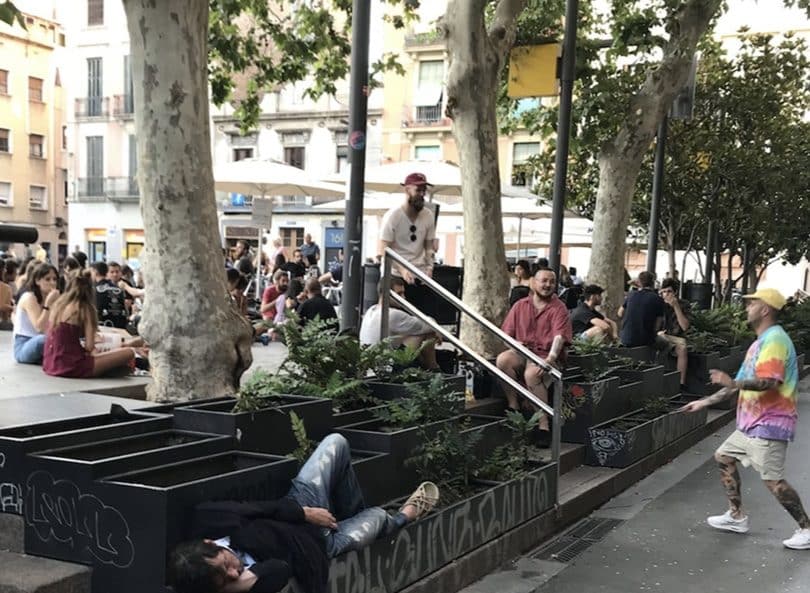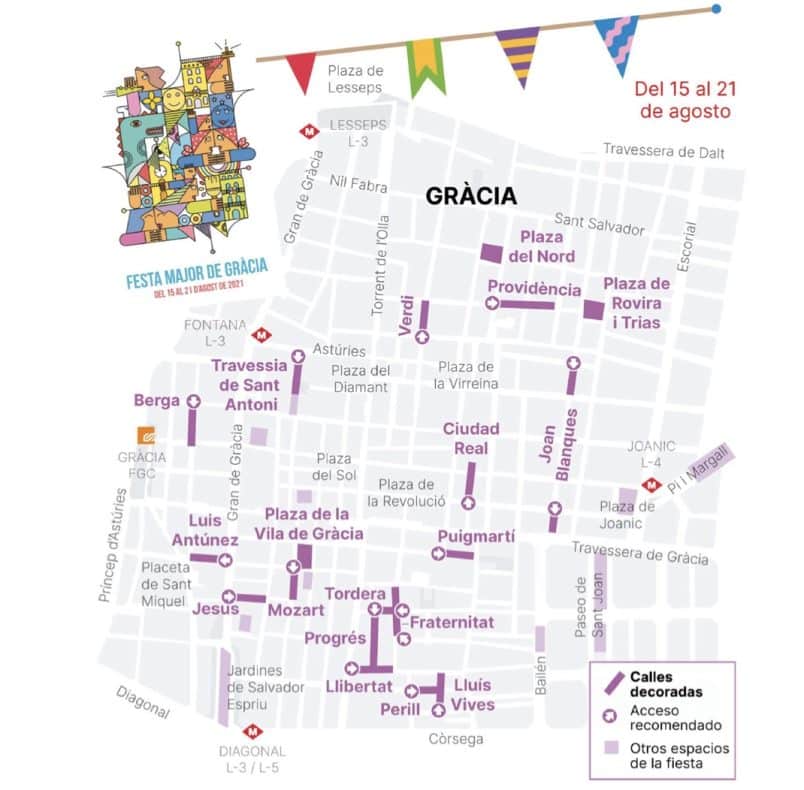On 25 October 2013, the Barcelona city council restricted access to Park Güell, the work of famous catalan modernist architect antoni Gaudí. the official reason given was to avoid further deterioration of the Park. however, the restricted access and privatiza- tion of the Park symbolised the switch from a public open space to a tourist-oriented open-air museum. critics have argued that this decision may have been taken for economic reasons. Nevertheless, bottom-up grassroots organisations and citizen initia- tives (e.g. Plataforma Defensem el Park Güell – Platform let’s Defend Park Güell) to ensure the Park would not be privatised were systematically ignored (arias-sans & Russo, 2016). this illustrative event represents an emblematic placemaking policy which has fostered
the privatisation of public spaces and turned them into tourist attractions. in terms of public policies, the tourism growth in mature destinations has often shown the perpetual need to create a fresh reference for consumption, tourism expenditure and new capital accumulation. in this sense, Barcelona’s neighbourhoods at the edge of the city centre have played a key role in the entanglements of transnational capital networks, which have also encouraged the incorporation of metropolitan Barcelona into the tourist city experience (Palomeque, 2015).
the dynamics observed in Barcelona are part of a long, far-reaching, and common trend in the urban geographies’ accumulation of capital by dispossession (harvey, 2003). this article analyses residents’ perspectives concerning the process of touristification in the Vila de Gràcia neighbourhood in the context of increasing transnational mobility, spatial restructuring, and urban regulatory transformations. these processes have led to sociocultural, demographic, and economic effects that have transformed the use of public space. these city developments have also endorsed the arrival of lifestyle migrants and digital nomads who now live together with lifelong residents, visitors, and tem- porary residents. the recent tourism growth and spatial reconfiguration in Vila de Gràcia neighbourhood, have exemplified the trend toward the conversion of ancient outlying locations into new symbolic centres of city tourism (Mansilla & Milano, 2022).
Finally, this research aims to critically reflect on the Vila de Gràcia neighbourhood residents’ perspective of tourism in terms of socioeconomic and cultural transforma- tions of the neighbourhood. the research is on how different residents perceive tourism change through space and time. the study is based on ethnography and in-depth interviews with residents and representatives from different grassroots organ- isations. the results reveal how residents’ views of social discontent, spatial changes, sense of belonging and expressed feelings towards their neighbourhood differ depend- ing on social groups and time spent living in the area. Finally, the research findings provide a critical understanding of how the spatial and temporal elements of tour- istification are socially constructed concerning nightlife noise, the rise in housing market prices and overcrowding.

